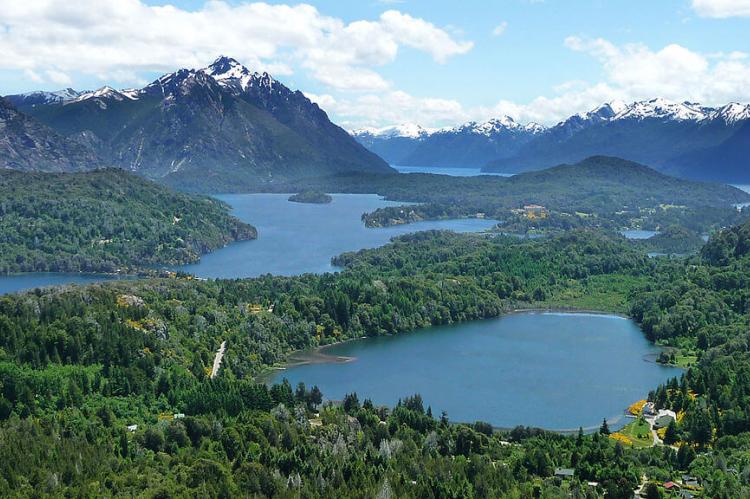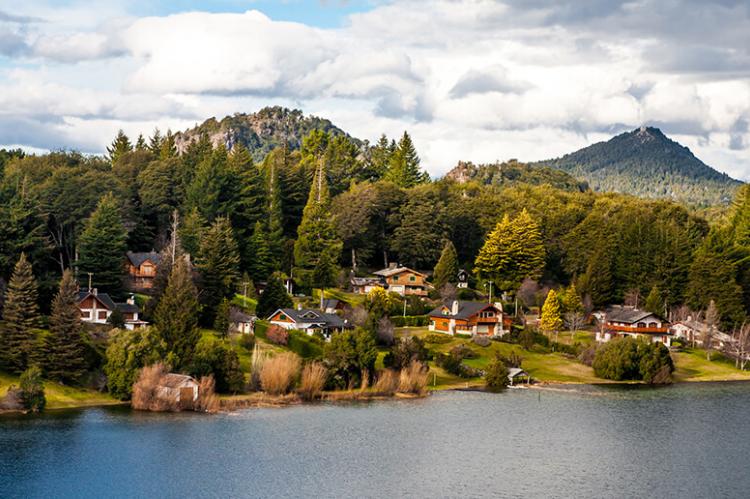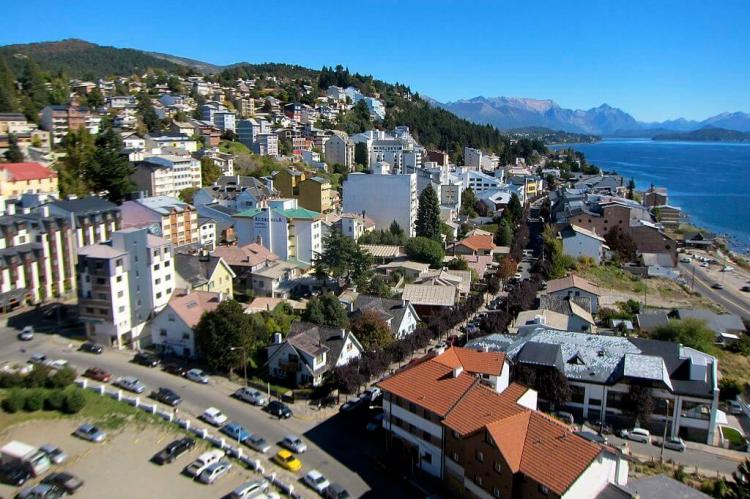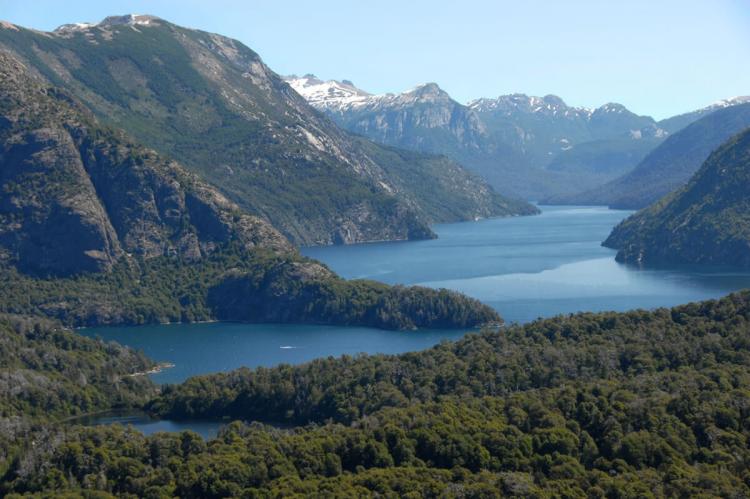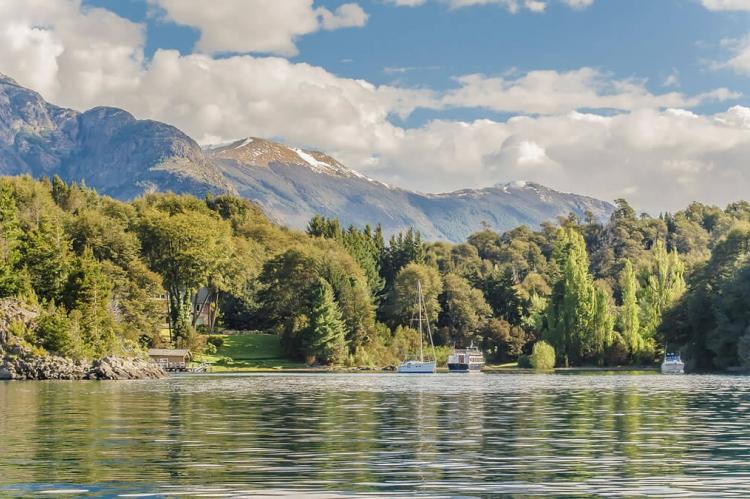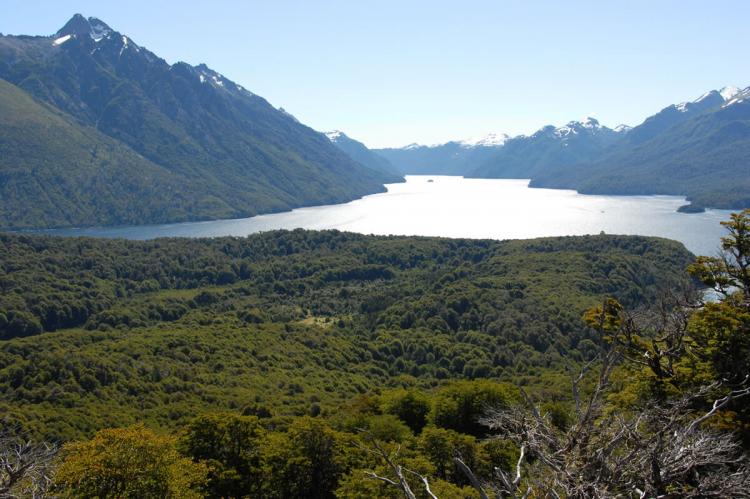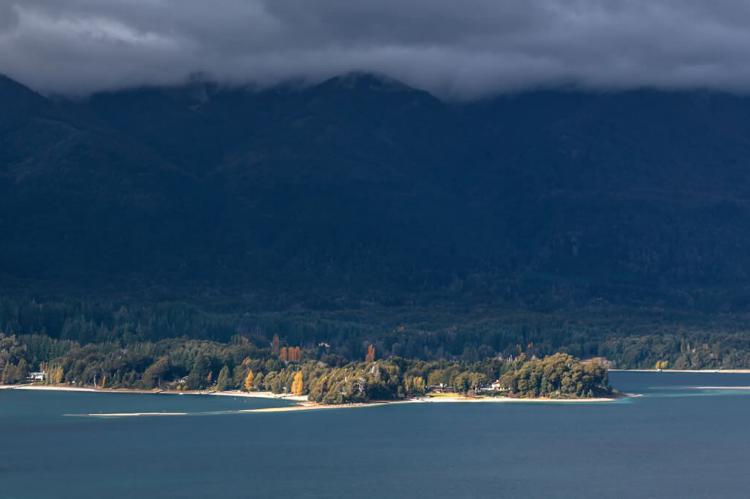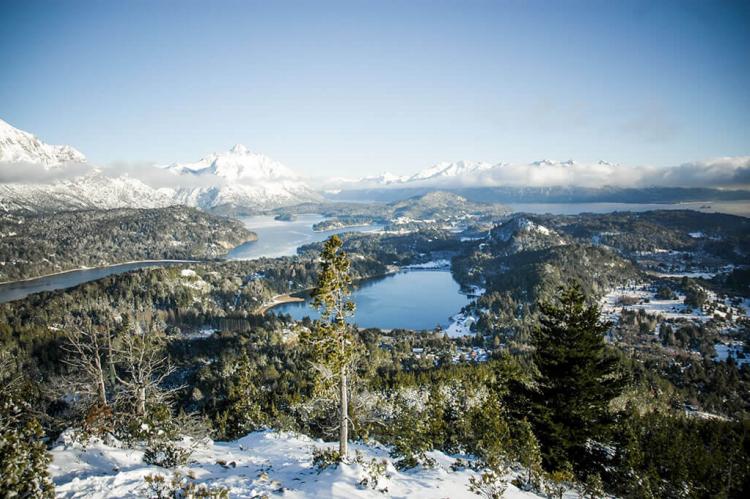San Carlos de Bariloche: Lake Nahuel Huapi and Nahuel Huapi National Park (Argentina)
San Carlos de Bariloche is located on the shores of Lake Nahuel Huapi in the Patagonia region of Argentina. Situated in the foothills of the Andes, close to the Chilean border, Bariloche is surrounded by Nahuel Huapi National Park, the oldest in Argentina.
San Carlos de Bariloche
The city of San Carlos de Bariloche, commonly referred to simply as Bariloche, is located on the southern shores of Lake Nahuel Huapi in the province of Río Negro, Argentina.
Situated in the foothills of the Argentine Andes, Bariloche is surrounded by Nahuel Huapi National Park in Argentina's Patagonia region, close to the Chilean border.
Bariloche was initially established as a cattle-raising and export center by Chilean settlers in the early 1900s. Commerce continued to depend on Chile until the arrival of the railroad in 1934, which connected the city with Argentine markets.
Between 1935 and 1940, the Argentine Directorate of National Parks carried out several urban public works, giving the city a distinctive architectural style. The town has a permanent population of 108,205, according to the 2010 census.
The modern city of Bariloche is known for its Swiss alpine-style architecture and chocolate, sold in shops lining Calle Mitre, the main street. It is also a popular base for hiking and skiing the nearby mountains and exploring the surrounding Lake District.
{"preview_thumbnail":"/sites/default/files/styles/video_embed_wysiwyg_preview/public/video_thumbnails/43494870.jpg?itok=i6h5Zw5B","video_url":"https://vimeo.com/43494870","settings":{"responsive":1,"width":"854","height":"480","autoplay":0},"settings_summary":["Embedded Video (Responsive)."]}
Lake Nahuel Huapi
Lake Nahuel Huapi is the largest and deepest clear water lake in the lake district of Argentina. It lies within northern Patagonia, with a depth of 425 m (1,394 ft).
Located at the foot of the Andes Mountains at an altitude of 767 m (2,516 ft), it measures 544 sq ha (210 sq mi). The lake extends 100 km (62 mi) across the border with Chile and includes many fjords and the Valdivian temperate rain forest.
Nahuel Huapi (Araucanian for "island of the jaguars") was discovered by the Jesuit priest Nicolás Mascardi in 1670. He built a church on the lake's Huemul Peninsula. He also established a reducción (work mission) where he and his fellow Jesuits engaged in missionary activity among the Poyas, Pehuenches, and Puelches.
The lake depression consists of several glacial valleys carved out along faults and Miocene ravines later dammed by moraines. The deep-blue waters hold several islands, most notably Isla Victoria, with an area of 31 sq km (12 sq mi), and Isla Huemul.
The lake's seven branches are:
- Blest (36 sq km or 14 sq mi)
- Huemul (21 sq km or 8 sq mi)
- De la Tristeza (18 sq km or 7 sq mi)
- Campanario (8 sq km or 3 sq mi)
- Machete
- Del Rincón
- Última Esperanza
Lake Nahuel Huapi is connected to smaller lakes, such as Gutiérrez, Moreno, Espejo, and Correntoso.
Nahuel Huapi National Park
Nahuel Huapi National Park is the oldest national park in Argentina. Established in 1934, it surrounds Lake Nahuel Huapi in the foothills of the Patagonian Andes.
The largest of the national parks in the region, it has an area of 7,050 sq km (2,720 sq mi) or nearly two million acres. Along with four other national parks, it comprises a part of the Andino Norpatagónica Biosphere Reserve.
The high Andes chain dominates Nahuel Huapi National Park, with many lakes, rapid rivers, waterfalls, snow-clad peaks, glaciers, and extensive forests. Chile borders it on its western side.
Nahuel Huapi National Park has two zones: the park and the natural reserve, with development concentrated in the reserve. The largest city is San Carlos de Bariloche, surrounded by the National Park. It is a base for tourism.
The park and adjacent nature reserve include dense forests, numerous lakes, rapid rivers, waterfalls, and glaciers (including Perito Moreno). Among its peaks are the 3,554-m (11,660-ft) Cerro Tronador ("The Thunderer") and Mount Catedral, the latter being noted for its skiing.
The landscapes of the National Park are representative of the north Patagonian Andean Zone. They are subdivided into three types: Altoandino, above 1,600 m (5,250 ft) with eternal snow—the Andino-Patagónico (in the lower parts of the mountains) and finally, the Patagonian steppe.
Nahuel Huapi has a cold, temperate climate. Winters are cold and rainy, with frequent snowfalls, while summers are dry.
Flora and Fauna
The park's ecology consists of Patagonian steppe at lower elevations and Valdivian temperate forests at higher elevations. It is notable for its rich wildlife due to its many biotopes, attributed to the varied altitude and precipitation range.
Xerophytic Patagonian flora dominates in the park's eastern half, while temperate rainforests cover the western half. The dominant tree species in the park are the lengas, coihue, and ñires.
Fauna includes river otters (Lontra longicaudis), southern Andean huemuls (Hippocamelus bisulcus), pudus (small deer), foxes, cougars, guanacos, and maras. In addition, Huillin (Lontra provocax), an endangered native otter, has been reported in the park.
Avifauna includes Magellanic woodpeckers, green austral parakeets, geese, ducks, swans, blue-eyed cormorants, Andean condors (Vultur gryphus), and green-backed fire crowns (Saphonoides sephaniodes).
